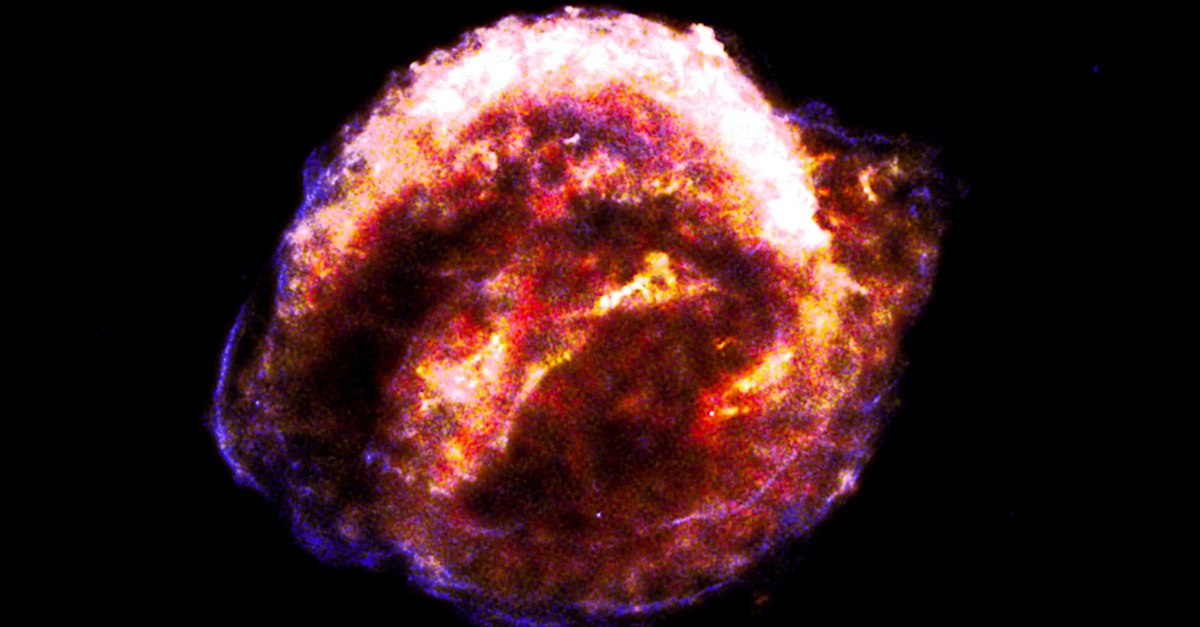
Astronomers have seen a huge star explode in a fiery supernova for the first time ever. The event was even more spectacular than the scientists had expected. A new study published on January 6 in the Astrophysical Journal says that scientists started watching SN 2020tlf, a red supergiant about 120 million light-years away from Earth, more than 100 days before its last, catastrophic collapse
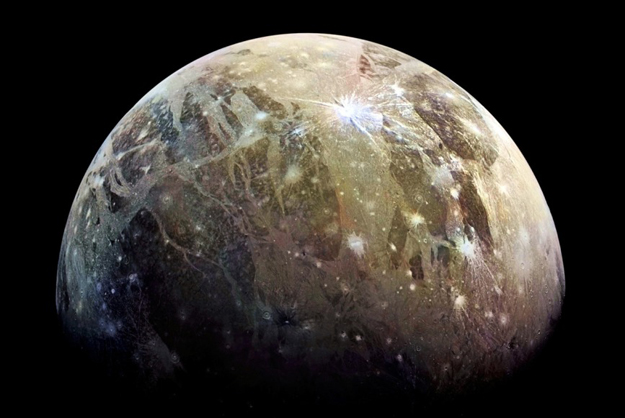
We have solid evidence of water vapour in the atmosphere of Jupiter's moon Ganymede – the solar system's biggest moon — for the first time. The frozen water on Ganymede's surface may have sublimated, moving from solid to gas without becoming liquid. The surface of Ganymede is a mix of dark, cratered regions and bright grooved terrain that produces fascinating patterns. R
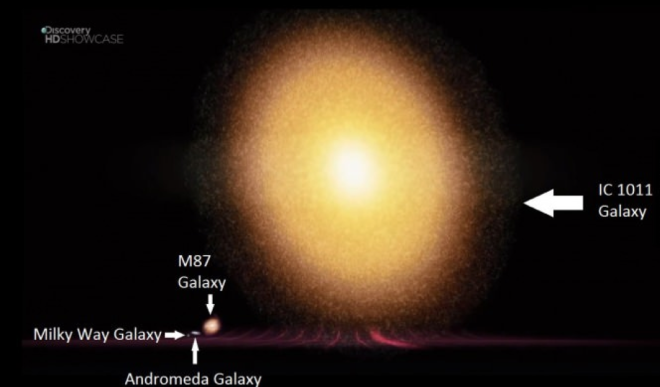
The largest galaxy in the known universe is simply staggering in size. But in order to understand its breadth, you need to understand a little something about our own corner of the universe. For starters, the Milky Way galaxy (our little home) is about 100,000 light-years across. Astronomers estimate that we have somewhere around 200 billion stars. Our closest neighbor, the Andromeda galaxy, is
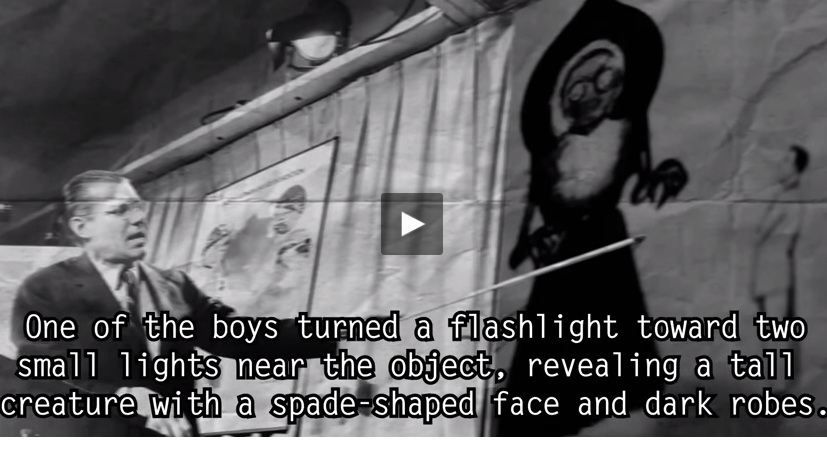
Do aliens exist? Maybe they left a few friends behind... Presenting 5 monsters, creatures, aliens and cryptids of extraterrestrial origin including the Chupacabra, Mothman, Flatwoods Monster, Hopkinsville Goblins and Dover Demon.
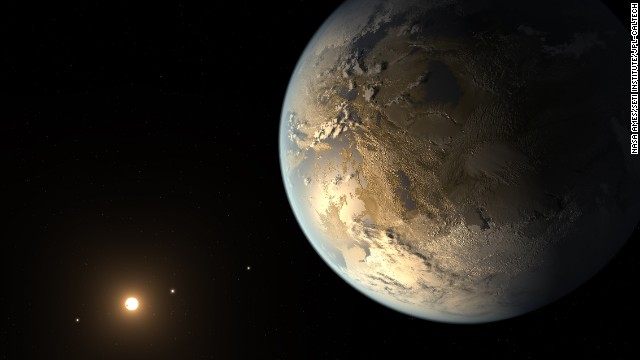
Where life might live beyond Earth A team of astronomers announced April 17, 2014, that they have discovered the first Earth-size planet orbiting a star in the so-called "habitable zone" -- the distance from a star where liquid water might pool on the surface. That doesn't mean this planet has life on it, says Thomas Barclay, a scientist at the Bay Area Environmental Research Institute at Ames
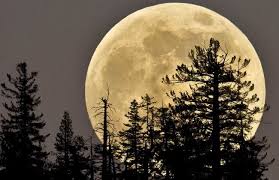
doesn’t have a perfectly circular orbit around the Sun, our moon follows an elliptical orbit as well. The point in the orbit when the moon is closest to Earth is called perigee. When the moon is full in this location, it is referred to as a perigee moon. Because of its proximity, it appears slightly larger and brighter and has earned the nickname of “super moon.” There are five of these th
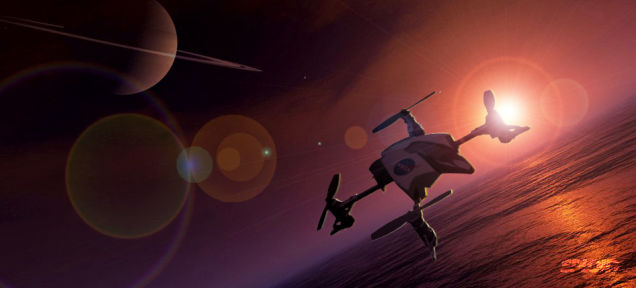
NASA wants to search Saturn's moon Titan for life but they're having trouble coming up with a good way to cover a large territory and obtain samples. Now they think they may have a good solution: A 22-pound quadcopter that will work from a mothership. After reading about it, it's a really cool idea. Larry Matthies—a Senior Research Scientist and the supervisor of the Computer Vision Group
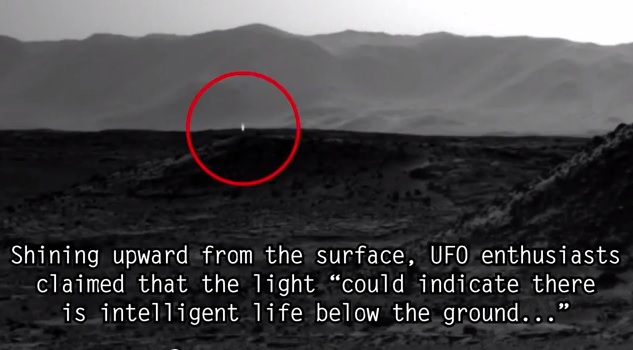
In the video below is a collection of what videographer Dark5 considers the most mysterious photos captured on Mars, from what appears to be artificial lights shining up from underground to the Mars monolith with a compilation of images that should be impossible of seemingly humanoid figures to animals and even signs of an ancient civilization with technology far more advanced that we are today
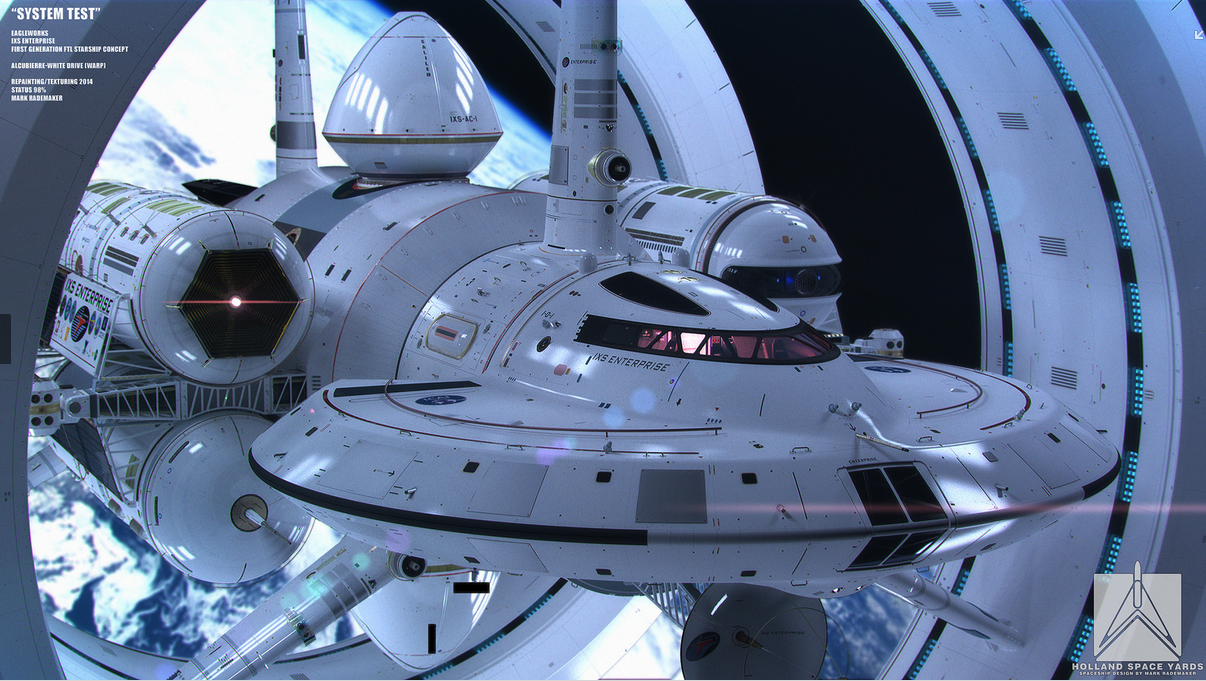
As some of you may have heard, scientists at NASA’s Johnson Space Center are working on warp technology (did your little Trekkie heart just skip a beat?). Alcubierre warp drive via Anderson Institute In 1994, physicist Miguel Alcubierre proposed a new kind of technology that would allow us to travel 10 times faster than the speed of light without actually breaking the speed of light. Sound
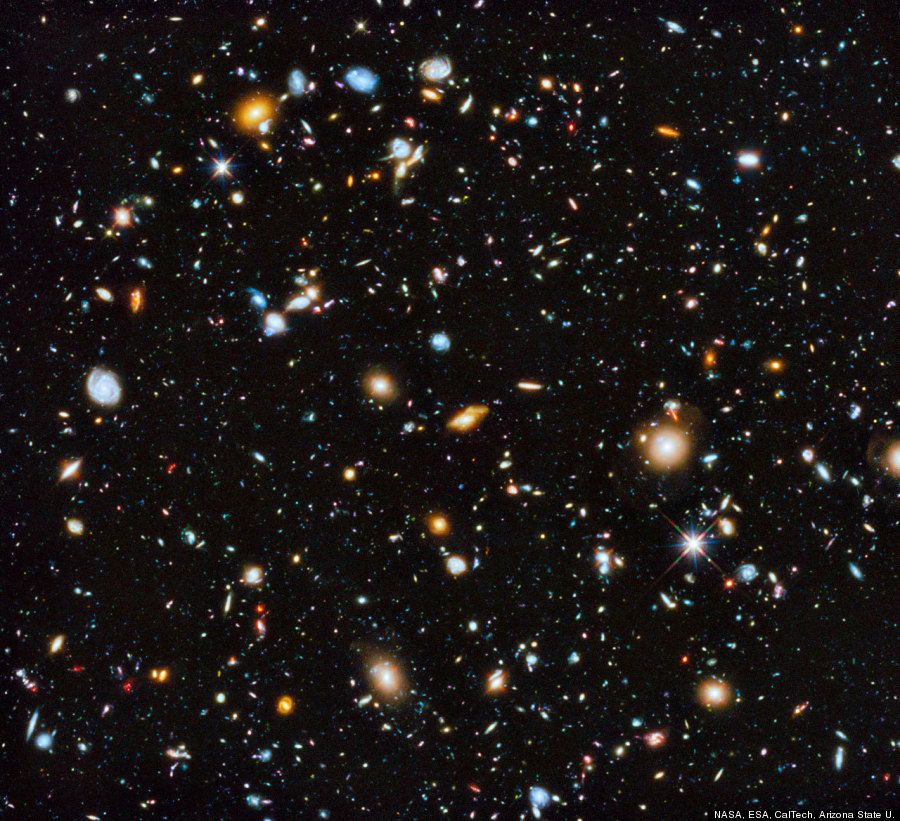
NASA calls it the most colorful image ever captured by the Hubble Space Telescope--and the most comprehensive. It has to be one of the most spectacular. But the image--the remarkable payoff of a new survey called the Ultraviolet Coverage of the Hubble Ultra Deep Field--is more than merely beautiful. It may also help fill in some gaps in our understanding of how stars form. The new Hubble image
 Photographer Finds Locations Of 1960s Postcards To See How They Look Today, And The Difference Is Unbelievable
Photographer Finds Locations Of 1960s Postcards To See How They Look Today, And The Difference Is Unbelievable  Hij zet 3 IKEA kastjes tegen elkaar aan en maakt dit voor zijn vrouw…Wat een gaaf resultaat!!
Hij zet 3 IKEA kastjes tegen elkaar aan en maakt dit voor zijn vrouw…Wat een gaaf resultaat!!  Scientists Discover 512-Year-Old Shark, Which Would Be The Oldest Living Vertebrate On The Planet
Scientists Discover 512-Year-Old Shark, Which Would Be The Oldest Living Vertebrate On The Planet  Hus til salg er kun 22 kvadratmeter – men vent til du ser det indvendigt
Hus til salg er kun 22 kvadratmeter – men vent til du ser det indvendigt  Superknepet – så blir snuskiga ugnsformen som ny igen!
Superknepet – så blir snuskiga ugnsformen som ny igen!  Meteorite That Recently Fell in Somalia Turns Out to Contain Two Minerals Never Before Seen on Earth
Meteorite That Recently Fell in Somalia Turns Out to Contain Two Minerals Never Before Seen on Earth  Nearly Frozen Waves Captured On Camera By Nantucket Photographer
Nearly Frozen Waves Captured On Camera By Nantucket Photographer  It’s Official: Astronomers Have Discovered another Earth
It’s Official: Astronomers Have Discovered another Earth 